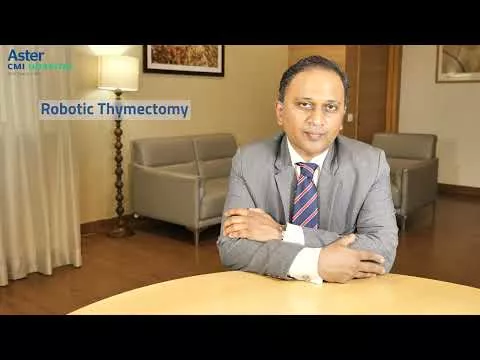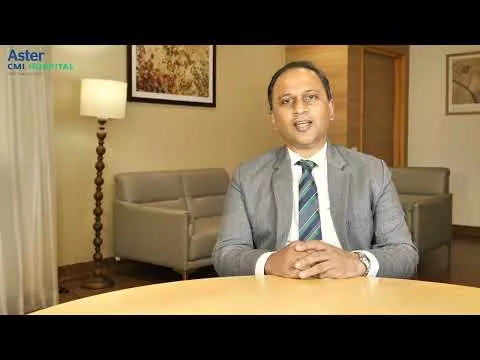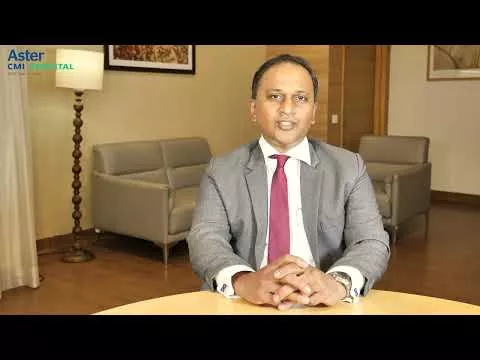Cardiothoracic and Vascular Surgery, often abbreviated as CTVS, is a remarkable medical field that plays a pivotal role in treating a wide range of life-threatening cardiovascular and thoracic conditions. This specialized discipline combines surgical expertise, cutting-edge technology, and a deep understanding of the intricacies of the human heart, lungs, and blood vessels. In this comprehensive exploration, we will delve into the fascinating world of CTVS, exploring its scope, procedures, and the profound impact it has on patients' lives.
Understanding CTVS:
CTVS encompasses two primary areas, each dedicated to a specific realm of surgical expertise:
Cardiothoracic Surgery: This branch focuses on the surgical treatment of conditions related to the heart, lungs, and chest. It's a field characterized by its ability to perform intricate procedures on some of the most vital organs in the human body. Among the common procedures, it includes coronary artery bypass grafting (CABG), heart valve repair or replacement, heart transplant, and surgery for congenital heart defects. Cardiothoracic surgeons are highly skilled in performing these complex procedures with precision and care, often under challenging circumstances.
Vascular Surgery: Vascular surgery deals with conditions affecting the blood vessels throughout the body, excluding the heart and brain. Surgeons in this field are experts in treating a wide range of conditions such as peripheral artery disease (PAD), aortic aneurysms, carotid artery disease, and deep vein thrombosis (DVT). They utilize various techniques, including open surgery and minimally invasive procedures, to restore blood flow, alleviate symptoms, and prevent life-threatening complications.
Key Procedures in CTVS:
Coronary Artery Bypass Grafting (CABG): CABG, commonly known as heart bypass surgery, is a frequently performed procedure to treat coronary artery disease. Surgeons create new routes for blood flow to bypass blocked or narrowed coronary arteries, effectively restoring adequate blood supply to the heart muscle.
Heart Valve Surgery: Conditions affecting heart valves, such as stenosis or regurgitation, often require surgical intervention. Skilled surgeons can either repair or replace valves to restore proper blood flow, ultimately improving heart function and the patient's quality of life.
Aortic Surgery: Aneurysms or dissections of the aorta, the body's largest artery, can be life-threatening. Aortic surgery involves repairing or replacing the damaged portion of the aorta to prevent rupture, which can have catastrophic consequences.
Peripheral Vascular Procedures: Vascular surgeons perform procedures like angioplasty, stent placement, and bypass surgery to address issues in the arteries and veins outside the heart. These procedures are essential for patients with conditions like PAD and DVT.
Minimally Invasive Surgery: Advancements in technology have led to minimally invasive approaches in CTVS. Procedures such as minimally invasive CABG and thoracoscopic lung surgery result in smaller incisions, reduced pain, and quicker recovery times for patients. These less invasive techniques are often preferred when suitable, as they offer several advantages over traditional open surgery.
Impact and Advancements:
The field of CTVS has made remarkable strides over the years, saving countless lives and vastly improving the quality of life for patients with cardiovascular and thoracic conditions. Innovations like robotic-assisted surgery, 3D imaging, and endovascular techniques continue to enhance the precision and outcomes of surgeries. These advancements not only increase the effectiveness of treatments but also reduce patient discomfort and shorten recovery times.
Patient Care and Recovery:
Patient care in CTVS extends far beyond the operating room. A holistic approach to patient well-being includes comprehensive pre-operative evaluations, personalized treatment plans, and diligent post-operative care. Rehabilitation, lifestyle modifications, and ongoing follow-up are crucial for ensuring long-term health and success.
Conclusion:
Cardiothoracic and Vascular Surgery (CTVS) is a dynamic and evolving field that offers hope and healing to patients facing complex cardiovascular and thoracic conditions. The dedication of skilled surgeons, coupled with advancements in medical technology, continues to push the boundaries of what is possible in the realm of heart and vascular care.
As we celebrate the accomplishments of CTVS, we recognize the profound impact it has on the lives of countless individuals and the promise it holds for the future of healthcare. From heart-saving procedures to vascular miracles, CTVS stands as a beacon of hope for patients worldwide, reminding us that with skill, dedication, and innovation, we can conquer even the most challenging of medical challenges.











